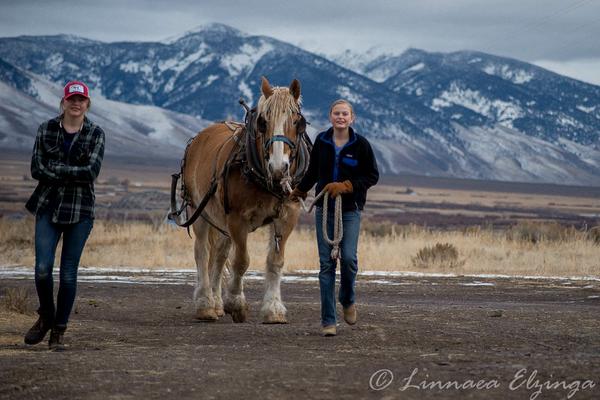 There’s one place that has always struck me in this unrelentingly desolate piece of real estate. I found a spot to camp there one summer night just off the highway where I pulled pickup and stock trailer off of the pavement onto a lonely road that stretched across the desert. I’d been going nearly 20 hours on coffee and I desperately needed shuteye. I unrolled bedroll in the brush, put pistol under pillow, set my border pup at watch, and passed out under the Wyoming starlit canopy sky.
There’s one place that has always struck me in this unrelentingly desolate piece of real estate. I found a spot to camp there one summer night just off the highway where I pulled pickup and stock trailer off of the pavement onto a lonely road that stretched across the desert. I’d been going nearly 20 hours on coffee and I desperately needed shuteye. I unrolled bedroll in the brush, put pistol under pillow, set my border pup at watch, and passed out under the Wyoming starlit canopy sky.
Clouds of mosquitos woke me from my stupor as the first signs of morning color lit the eastern skies. Where could there be water, I wondered? I found a muddy little alkali desert creek that snakes its way through the bentonitic painted rock formations, its name marked by a single foreboding sign on the edge of highway 90: Crazy Woman Creek.
Many of us males are firmly convinced after witnessing childbirth firsthand that women are tougher than most men, especially when it comes to mental resolve. Sure, a guy’s brute physical strength can win wars in physical combat a la Braveheart, but a woman’s calm resolve is beyond the ken of most men. The result: “Crazy Woman” is very unsettling to me.
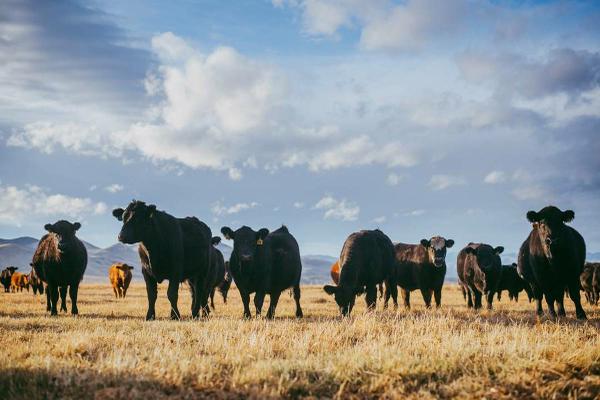
Now, there are several legends about name of the creek. Some say the woman was a Native American woman who lived along the banks of the defile, separated from her people and not right in the mind. The most common story is of a woman who witnessed her family getting murdered by Arapaho, perhaps along the Bozeman Trail itself. They left her alive, and somehow, she carved out a tenuous existence in that remote and difficult place, although those who met her unsurprisingly stated that she wasn’t in her right mind.
It was a hard place for these western immigrants, many of them only several months away from their lives in Europe. It is nearly impossible for us to imagine. Even as I drove last week across the frozen Montana prairie, it is still common to see small Scandanavian immigrant style wood frame houses with a barn nearby, gray, weathered and abandoned on the windswept grassland. Failed homesteads. Black angus cows walk in and out of the open front door of empty houses. Doors creak and bang in the incessant wind on the wide-open grassland. The cows stride comfortably into what was once a sitting room with a prairie view. Perhaps the woman brought a few hand-stitched doilies from the comfortable home she had left across the ocean. Perhaps she gloried in her small wood frame house, a significant step up from the brutal and dirty sod house that many settlers began their homestead in.
The brutality is evident in my own ancestry: my Mom had an uncle that that left Europe for the Canadian West in the late 1800s. The letters suddenly stopped, and word trickled back that he and his entire family perished at the hands of Indians in what would later be the Province of Alberta. It wasn’t a surprise that my Mother’s family later begged her not to immigrate to Canada with my Dad in the early 1950s (thankfully for me, they chose to immigrate despite the grim warnings).
We have a sort of Hollywood view of the prairie homestead life: white frame and board house (the worst portrayals perhaps needing some paint) with windows (real homesteaders had oiled paper at best), a garden with neat rows, and the prairie women and kids are clean, well dressed and healthy. We see them on film playing joyfully in the yard, thrilled with their idyllic and peaceful existence on the land and in harmony with the weather, wild animals and the natives. For most of them, though, especially the first wave of homesteaders, these things were simply not true. It was virtually impossible to stay clean in a house literally made of dirt. Cholera, tick fever, rattlesnake bites and other diseases killed and crippled families. Juxtaposed against this life-by-a-thread existence was the memory of an established European society, infrastructure and culture that had been in place for 500 years.
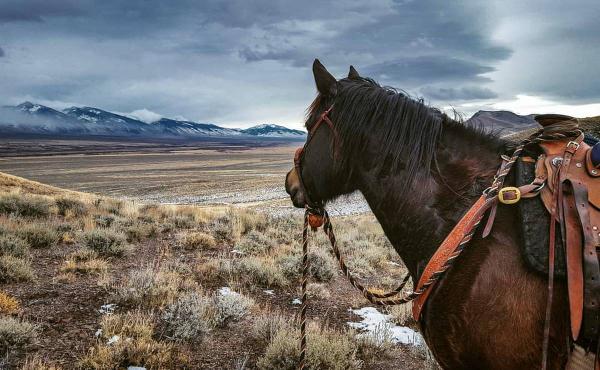
Homestead wives often became casualties, physically and mentally. Some literally became crazy women because there were no options in that day and age for escape. O.E. Rolvaag, noted Norwegian author, penned a novel, Giants in the Earth, about just this thing. Per Hansa, protagonist, and prairie homesteader brings his bride, Beret, from Norway to settle in the rich tallgrass prairie of America’s Northern Great Plains. Beret copes with the difficulties and loneliness by becoming reclusive and distant, lost to Per Hansa as he wages conquest on the prairie. It’s a captivating read and provides insight into the making of Crazy Woman.
Caryl and I can relate to a small degree. When we moved on to our current ranch from the old Alderspring 13 years ago, we had no infrastructure. We had left our friends and social connections in the next valley. They were only 30 miles away as the bird flies, but an 11,000-foot mountain range separated us and created an hour and a half driving time. We might as well have moved to California.
On the new Alderspring had to build a home, fences, corrals, a barn, and other outbuildings. Though not as remote by any means as the open prairie, we moved to a valley the size of the state of Rhode Island that had only 300 people in it. We were new, and friends were hard to make in the fairly provincial and independent culture we found ourselves in. We weren’t related. So, we just worked, alone, and had many setbacks along the way. Thankfully, Caryl didn’t go crazy.
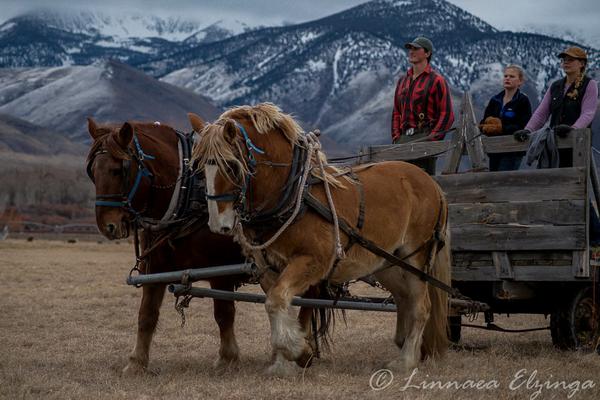
But there is something else going today in American prairie agriculture that is reminiscent of the Crazy Woman. It was my friend, Dan Rasmussen, a rancher in the rolling short grass prairie of South Dakota that brought it to my attention. Ranchers who are doing what we do are few and far between, so we make connections across large areas. Dan is an “ecological rancher” and I like visiting with Dan because he is an observer. He’ll collect observational data while driving, horseback, or even in just visiting other ranches. Then, he’ll process, often for days or weeks.
We had been talking about the state of agriculture in America, and how we both had been reading about how commodity prices (corn, soybeans, wheat, cattle and hogs) were forecasted to likely going to drop more and settle into a “winter” of low prices until perhaps, as late as 2025.
It’s a potential death sentence for many farmers and ranchers, but two factors will come into play. First, the government may increase crop subsidies in the next several farm bills. (I need to state here and now that I am not a fan of ag subsidies, but it is what keeps many farmers in business.) I remember working in the Midwest on such corn and soybean farms that still dominate the landscape there. If prices failed, the government propped them up. If crops failed, the government paid for the void in your harvest.
The second factor is that farmers and ranchers are responding to dropping prices by scaling up and trimming costs. That might sound appealing but scaling up often comes at a cost.
Dan said in his travels across the upper Midwest there was something that indicated that something was dreadfully wrong. It had to do with the women.
“These farm and ranch women are not OK.”
“What?” We’d been talking about grass and cows and ranching, and this was out of the blue.
“Yep. I’m seeing more and more unhappy women. They’re just not doing well. They don’t see their husbands anymore.”
“They can’t afford to hire help, but they need to farm more acres to make cash flow, so the guys just work harder, often night and day during harvest and planting.” I thought about it. Harvest. Kids in school. Kids in sports. No husband meant wives holding down the home front, as well as probably helping at night on the farm.
“Yep,” said Dan. “And they’re stressed financially. They don’t feel secure on the family farm or ranch.”
We both knew that most of the women held town jobs to make ends meet. They would get home. Maybe they’d throw together dinner so their husband could grab something to eat and go back out in the field to spray, cultivate or combine. Maybe she alone had to endure the drive to the next town, 2 hours away to attend school sporting events.
Dan and I knew that there was no easy end in sight. The commodity boom several years ago encouraged many in agriculture to upgrade their machinery. Now, the monthly equipment payments taken on when prices were booming were requiring a higher percentage of lowered incomes. The result: Farm more acres. Lay off employees. Work longer.
Meanwhile, we have a corporate ag sector is booming from the manufacturing and chemical extraction of crop products. High fructose corn syrup (now relabeled as natural sweetener, by the way), cooking oils, ethanol for your car and a host of other corn and soy-based food and feed additives. Print this email, and chances are you that may be printing with soy ink. So, the majority of American farmers aren’t even in the biz of growing food anymore; they grow chemicals and livestock feed additives. The grim result: even in a consumer economy that is taking off with people purchasing 8% more than they were last year at this time, most farmer’s crops aren’t any longer directly tied to consumer demand and are easily replaced with imports. They compete in a global market.
It’s the first time in our nation’s history that we can have an expanding consumer economy without a direct value transferal to the farmer. It affects ranchers too- those who raise beef of lamb. Demand can be met with other cheaper cattle; the borders have a steady and infinite stream of unlabeled import cattle coming in from the farthest reaches of the Earth: Tasmania, Paraguay and Argentina. Even labeled grassfed is streaming in from these other countries, and the consumer has not a clue. It says USDA on it (which many people assume means the beef was produced in the US), but it arrived on our shores wet aging in case-ready packages on a container ship from Australia.
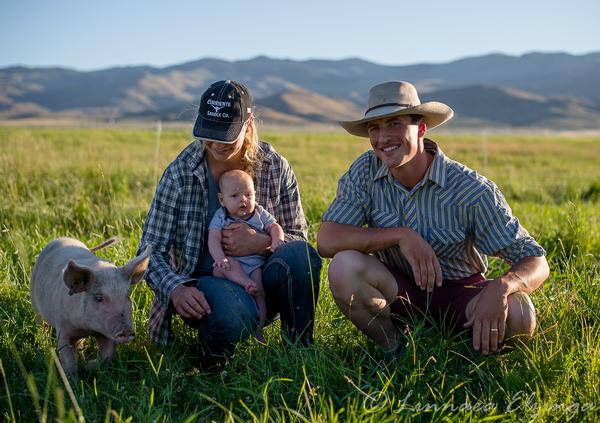
Dan and I reflected on the irony of how we had come full circle with regard to the mental stability of woman. The difference is that many of today’s women have far more control over their destiny, and that of their families. They won’t go crazy. Most of them will leave agriculture. Some will try to change it.
And we see the changers. I read an article the other day about young farmers just starting out. Many of them were trying different crops, ones that they could sell direct to consumers. They tended to engage in more sustainable and organic practices. This is our farming future, and it is exciting, although it is a little like setting off across the prairie not really knowing what the outcome will be.
Like us, they see the hopelessness in conventional ag where the eaters of food become more and more “transactionally” distant from the growers. Like us, they have realized the importance and honor of growing food for people, and for an eater of food to know their farmer or rancher. And the power of the internet has given us all equal footing in the establishment of those relationships.
My hope for American agriculture, and those unhappy women of the prairies, is that they find a way to get off the commodity treadmill that exacts an ever-growing price from their families. 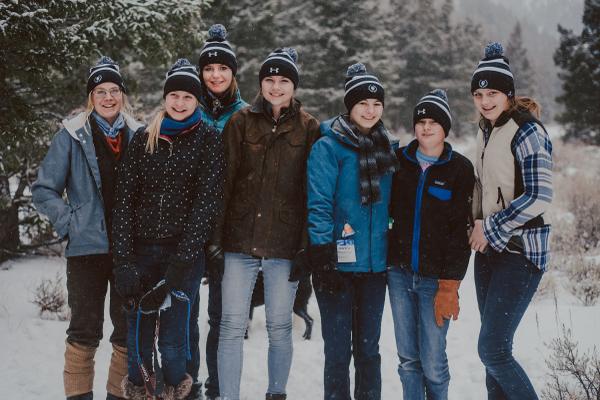
For us, that has made all the difference. We actually have great hope for 2018. You purchase our beef, and Ethan and Abby’s pork. Even Traveler Terpening, our fisherman, and his family benefit from the relationship we have established in the name of wild protein. It’s ironic, really. This technology, the exact thing that has created a gulf between consumer and producer, has also produced for us a bridge to connect us, in one of the remotest and wild areas of the US, with anyone and everyone who seeks clean and nutrient dense wild food.
Thanks for staying true to that ideal that’s as old as human civilization: knowing and building a relationship with those who grow your food. We salute and appreciate you all, and will never take you for granted.
Happy Trails in this new and exciting year of 2018!
Glenn, Caryl, Cowboys and Girls at Alderspring

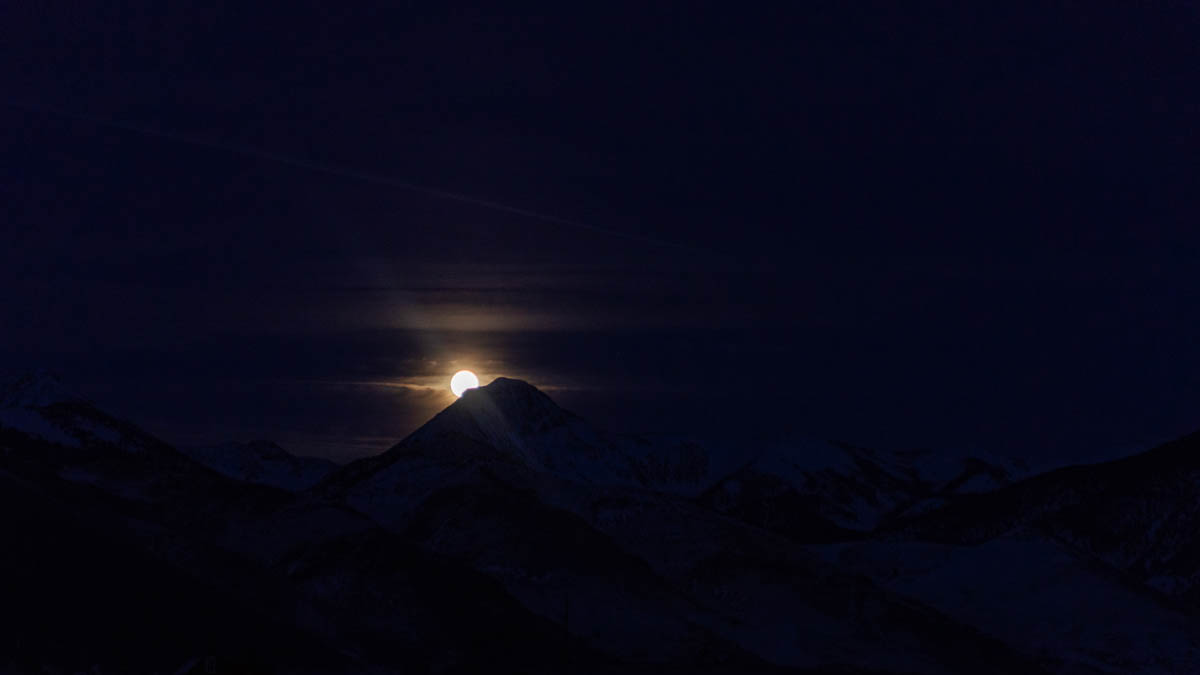




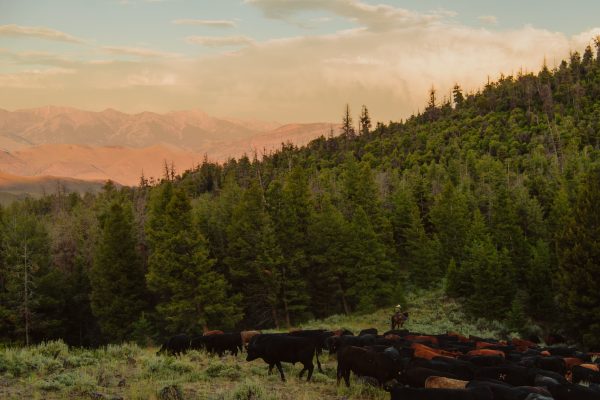
Leave a Reply